There is a sense of anticipation surrounding Dunfermline following a a whirlwind 24 hours for the club last week.
Following months of discussions and negotiations, two significant changes finally happened at East End Park just a day apart.
First, Michael Tidser was named as head coach to complete his move from neighbours Kelty Hearts on Friday.
And, the following day, the Pars officially changed hands as new owners James Bord and Evan Sofer of Park Bench took control of the club.
With the initial excitement dissipating, inevitable questions remain and Courier Sport has taken a look at some areas needing clarification.
Will David Cook stay on as chairman & CEO?
David Cook has now been in charge of the day-to-day running of Dunfermline for almost three years.
Appointed CEO in February 2022, and subsequently made chairman a few months later, the boyhood Pars fan has overseen a turbulent time for the club.
Shortly after arriving, the Fifers were relegated to League One and manager John Hughes departed.
He has subsequently been in charge as, on the pitch, James McPake was appointed new boss and steered the team back to the Championship before his sacking just two days before Christmas.
Off the pitch, there have been the challenges of substantial financial losses and now another ownership chance.
Cook was the man pictured with Park Bench’s UK representative Kobi Waterman when it was announced that the deal had been completed.
For the time being, at least, he remains in both of his positions and, despite some fan disquiet, there have been no suggestions that is about to change.
However, there has been no clarity over whether the new owners might want their own man at the helm.
Will new owners want to buy the stadium?
In the model of ownership that emerged from administration in 2013, East End Park is held separate to the football club.
Fans’ organisation Pars United was formed in April 2013 to save the club from going bust.
And the stated aim and strategy of the group was to try and ensure Dunfermline could continue to play matches at ‘our spiritual home, East End Park’.
East End Park Ltd, then run as a subsidiary of Gavin Masterton’s Charlestown Holdings Ltd, separately went into administration a couple of months after the football club and with different administrators.
Following a complex set of negotiations, ‘Pars Patrons’ quickly had to come up with the significant funds to purchase the ground under the banner of Pars United (East End Park) Limited.
Safeguards over an annual rent and future ownership were put in place at the time.
But it is unclear from the initial announcement whether Park Bench have any intention of looking to buy the stadium.
What local checks and balances remain?
Park Bench’s shareholding has been revealed as totalling 99.84 per cent.
This includes the stake – boosted by debt for equity from its initial 30 per cent – of DAFC Fussball and the remaining diluted shares held by fans’ group Pars United.
Aside from uncontactable ‘legacy’ shareholders, it leaves Park Bench as the sole owners of the club.
It means Dunfermline have gone from being fan owned in the wake of administration to having virtually no supporter shareholding in the space of a few short years.
There could be some concerns over this in some quarters, given little is really known about Bord and Sofer.
It will be important for fans to get an early handle on Park Bench’s likely stewardship of the club.
But a lack of any local checks and balances in the ownership model might be a worry for some.
How will new owners communicate?
Dunfermline are not the first club to be bought over by absentee owners.
And there is nothing to prove the model cannot work and bring success.
Bord and Sofer moved quickly to communicate with fans with an open letter just five minutes after their takeover was announced.
In it they said: “From the very beginning, we’ve prioritised communication and transparency as central to our approach.”
There was a similar commitment from DAFC Fussball, but that did not quite become reality.
Bord and Sofer also indicated that ‘as private individuals, we prefer to let our actions speak louder than our words’ and there is no indication yet that they will appear publicly to explain their hopes for the club.
Despite not being based in Scotland, they say they are ‘highly committed’ and that their focus will be on ‘empowering those in key decision-making positions’.
The proof will be in the pudding but, given their base is 5,000 miles away in Las Vegas, effective communication will be key.
How quickly will change happen?
Bord is the founder of Short Circuit Science, where he works closely with Sofer.
The company specialises in Artificial Intelligence and data analytics and statistics.
The aim is to bring that expertise into the world of football at Dunfermline to ‘enhance our operations and gain a competitive edge’.
Two areas mentioned as being ripe for the use of technology are player recruitment and sports science.
With the buy-out having come in time to help new boss Tidser in the remainder of the January transfer window, fans will be eager to see promises turn into action in the coming days.
It may be expecting too much too soon for an instant impact and the duo have spoken about the long-term nature of their ambitions.
A January splurge would also seem ill-judged given the squad in place and the modest goals for the remainder of the campaign.
But it would help foster relations with supporters if there was at least an indication in the current transfer window of what the future might hold.
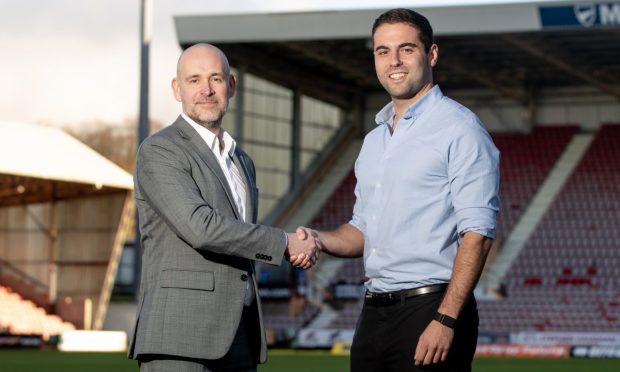
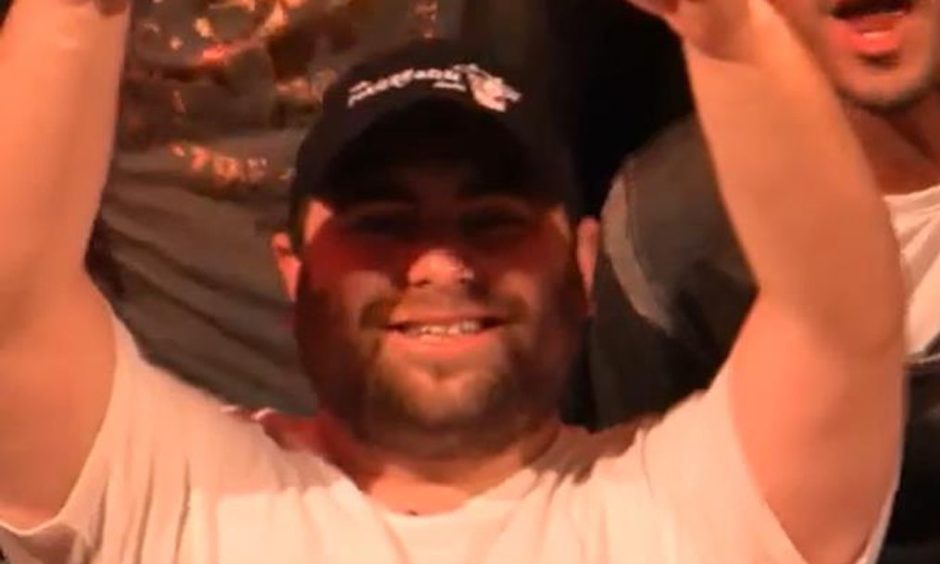
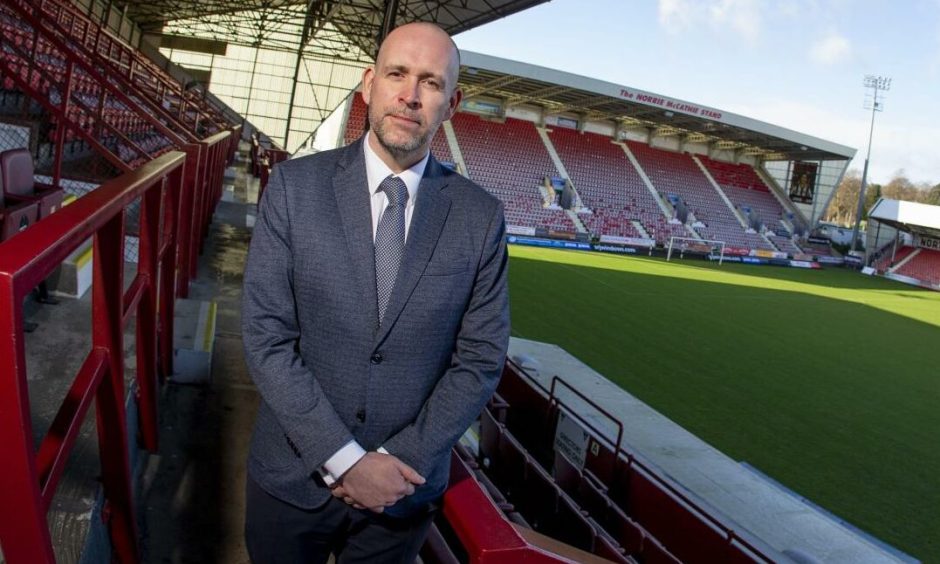
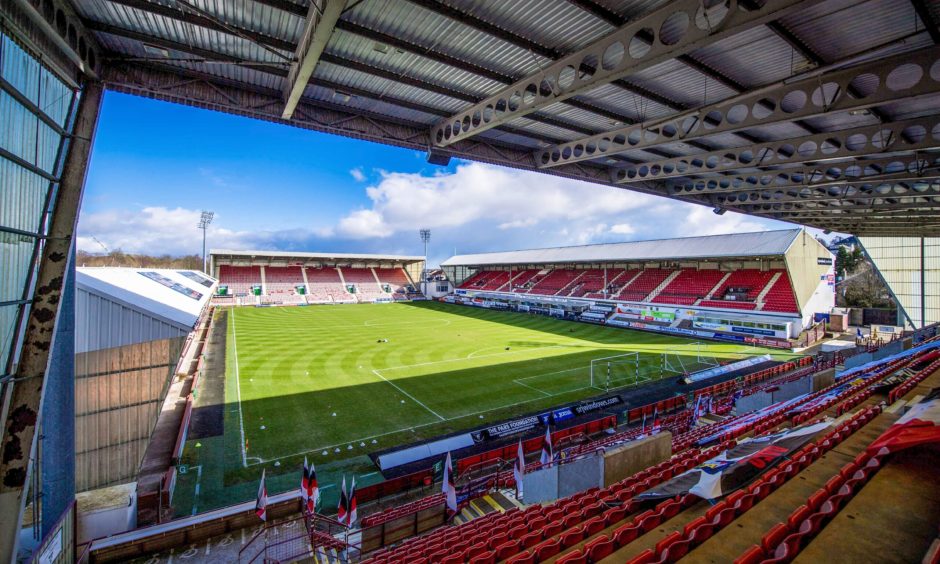
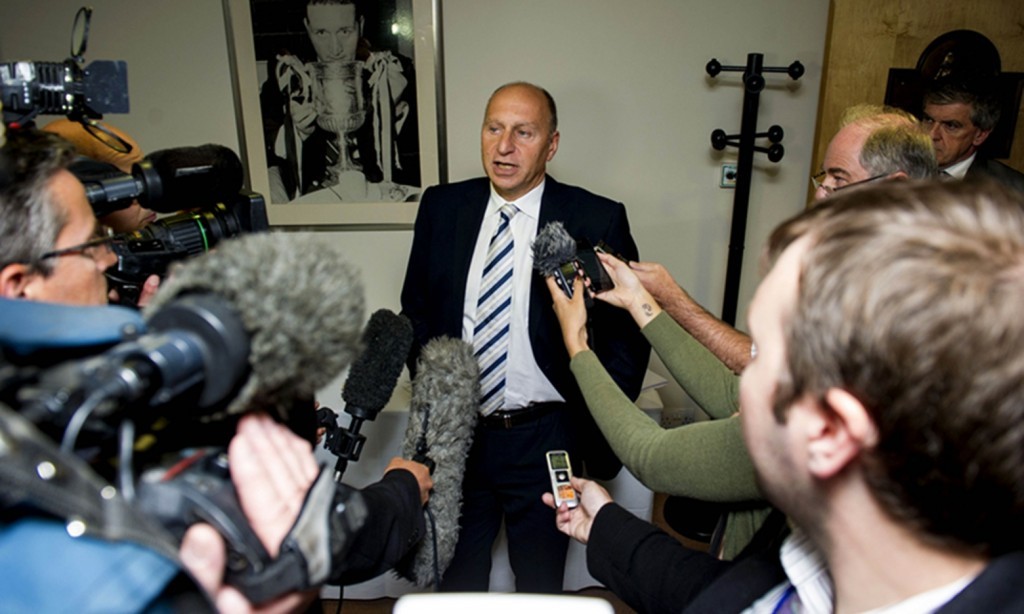
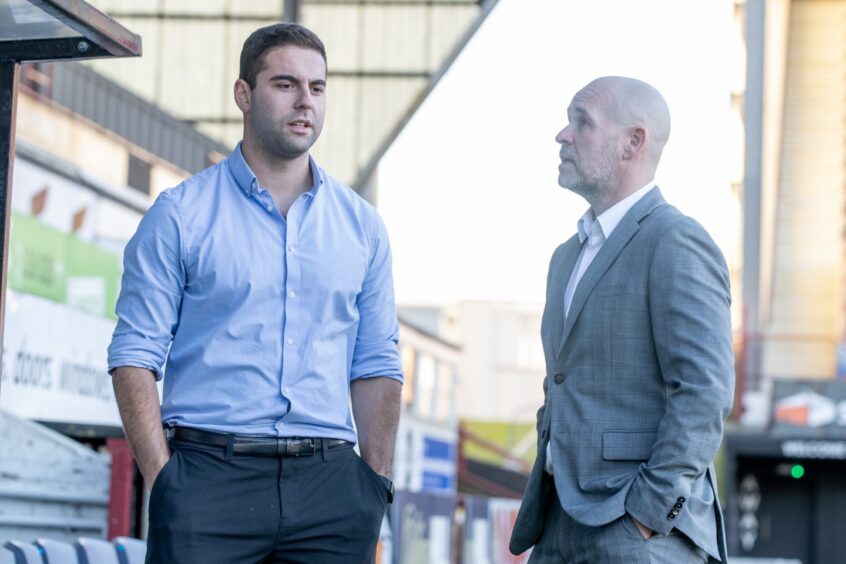
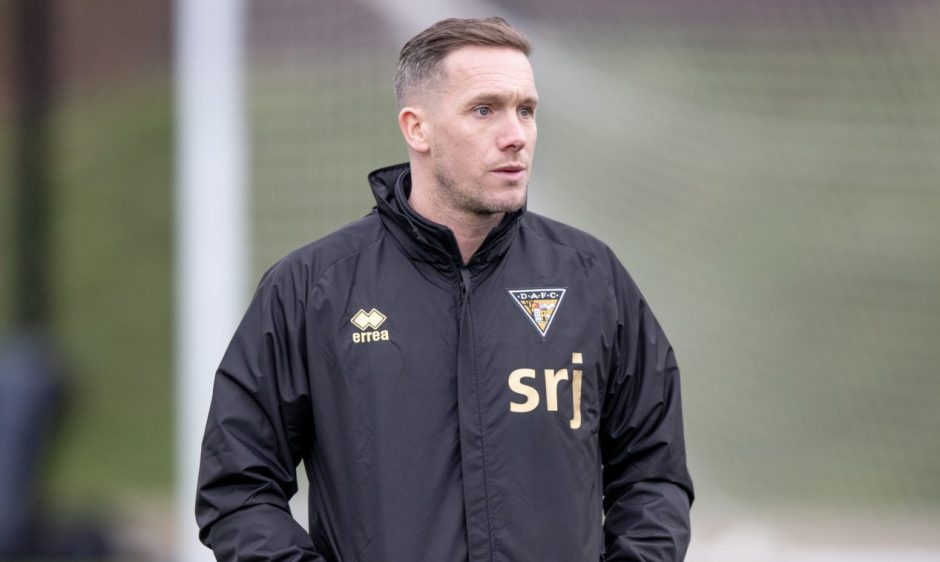
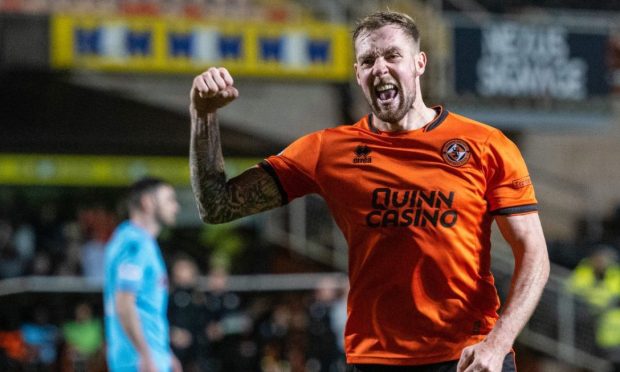
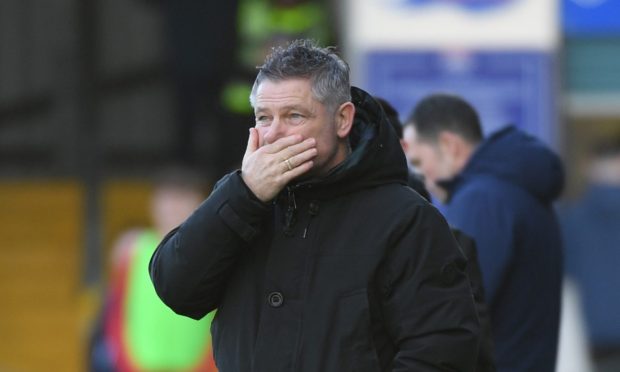
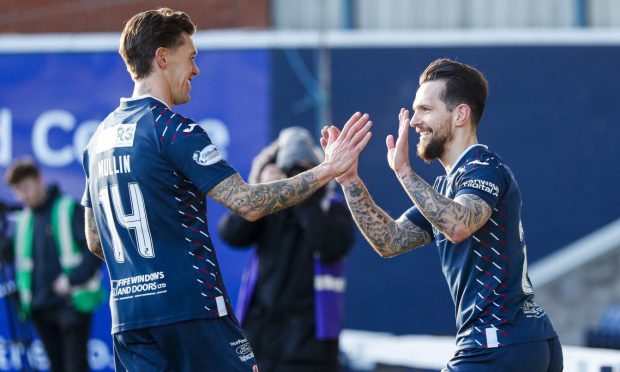
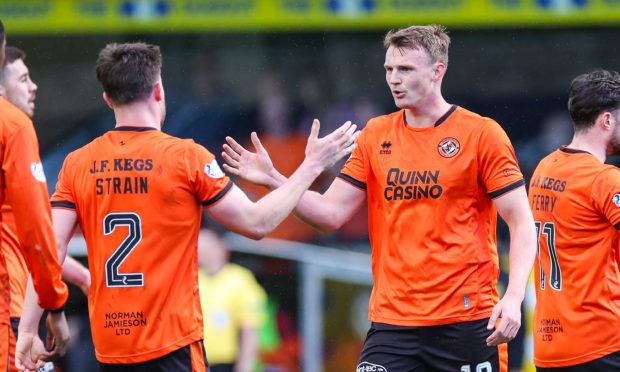
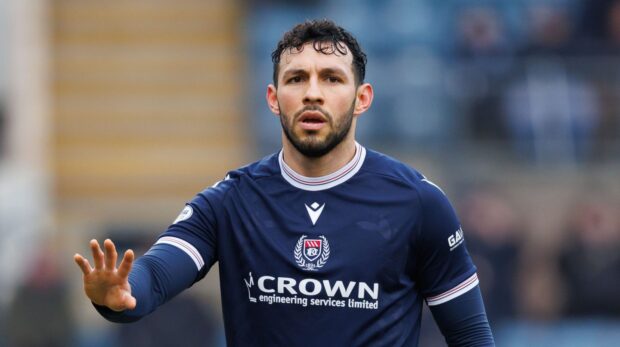
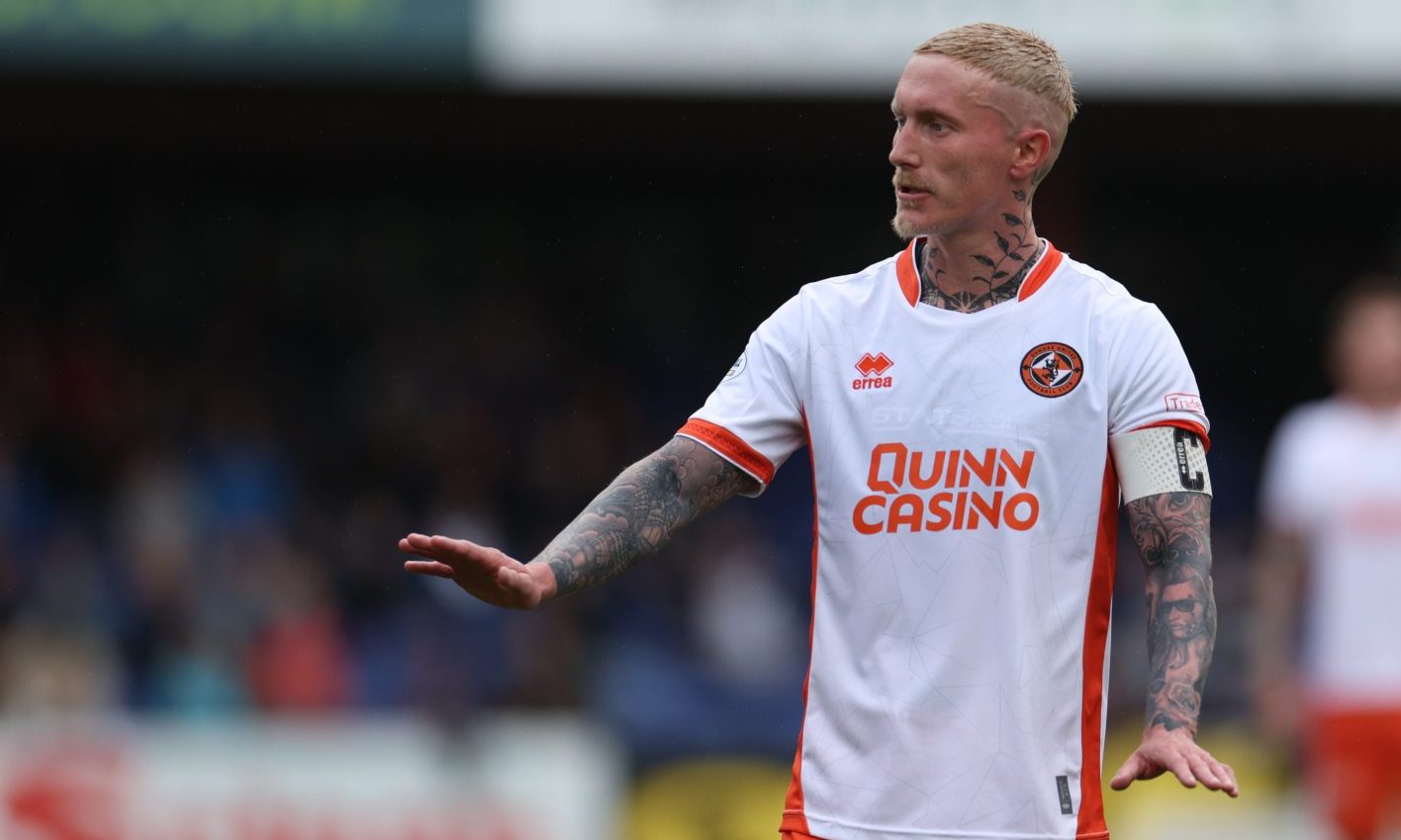
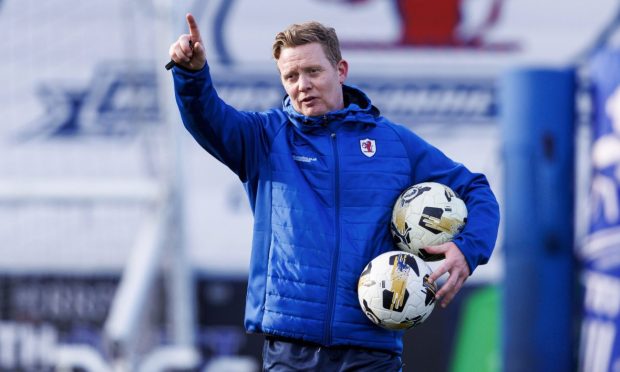
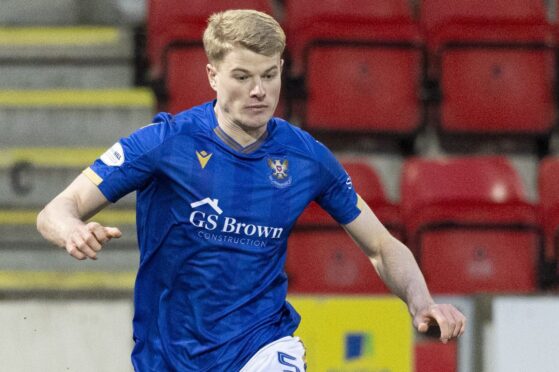
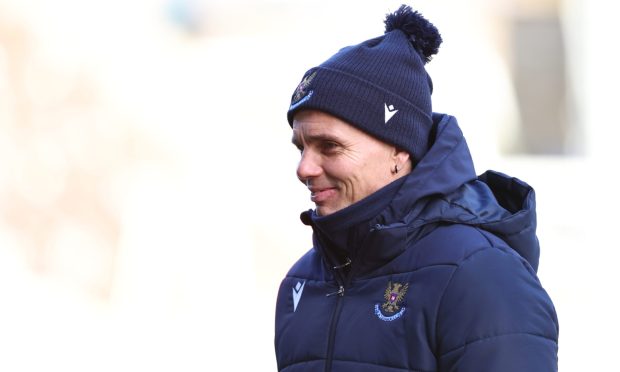
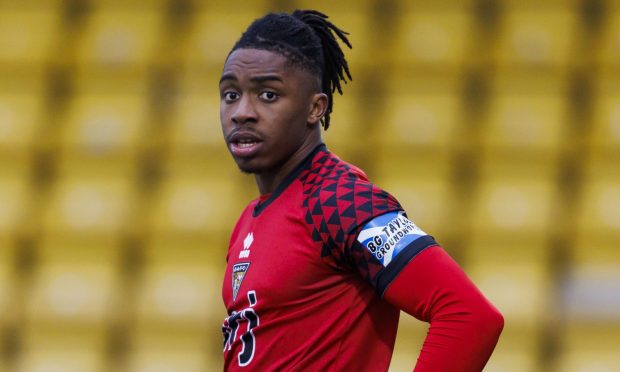
Conversation